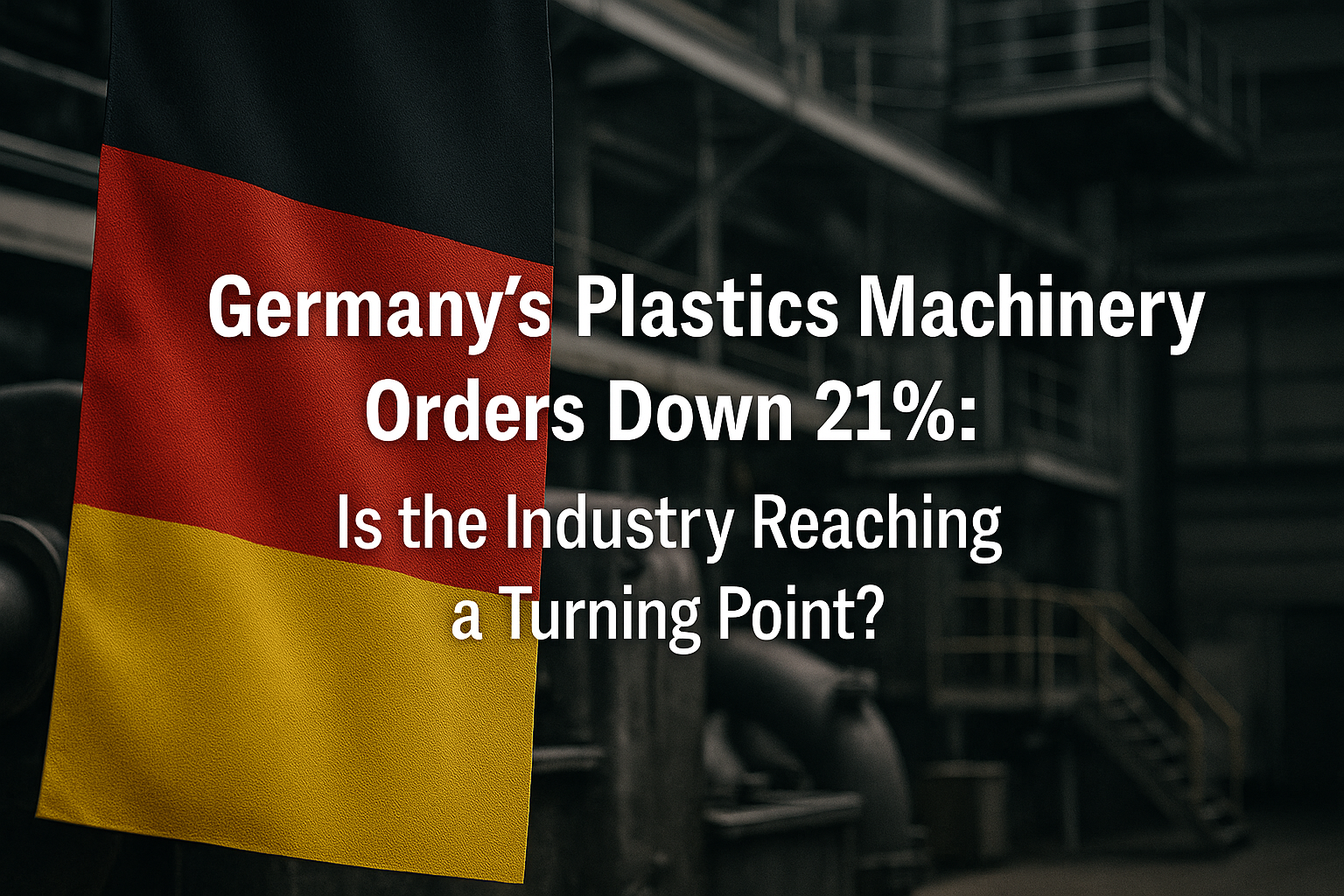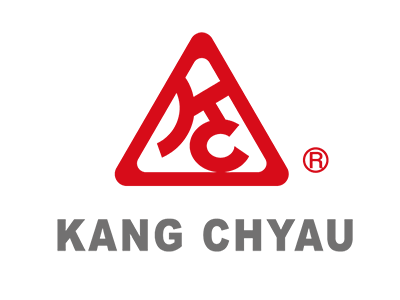Germany’s Plastics Machinery Orders Down 21%: Is the Industry Reaching a Turning Point?

The German plastics and rubber machinery industry faced another challenging year in 2024, with new orders falling by 21 percent compared to the previous year, according to the latest figures released by the German Mechanical Engineering Industry Association (VDMA). This marks the third consecutive year of double-digit declines—following a 22 percent drop in 2023 and a 13 percent decrease in 2022.
“2024 was yet another year to ‘forget’ for manufacturers,” said Ulrich Reifenhäuser, Chairman of the VDMA Plastics and Rubber Machinery Association. “It has been three difficult years with minimal incoming orders, pushing many companies to their limits.”
In addition to declining orders, total sales fell by 19 percent in 2024, surpassing VDMA’s earlier forecasts. The domestic market in Germany was hit hardest, with a 28 percent decline in orders, while European orders overall declined by 21 percent. Exports followed a similar trend, with a 19 percent drop in order volumes and a 6.6 percent decline in sales revenue, totaling €5.9 billion.
Despite ongoing challenges, Germany remains an export-driven market, with 66.5 percent of orders coming from abroad. Asia accounted for the largest share of exports at 36.2 percent, followed by the EU and UK (29.6 percent) and North America (17.3 percent). However, Germany’s leading role in the global market is being increasingly challenged by China, which has maintained its position as the world’s top exporter of core plastics machinery since 2021. In 2024, China held a 29.3 percent share of global exports, while Germany’s share stood at 20.8 percent.
As demand has continued to decline, many German plastics machinery companies have responded by reducing staff or shortening working hours. The industry’s total workforce fell to 30,000 in 2024, down from 30,800 in 2023 and 31,100 in 2022.
Among various machinery categories, flexographic printing machines for film experienced the sharpest revenue drop—down 16.7 percent year-over-year to €358 million. In contrast, revenues from core machinery remained relatively stable, while molds, dies, resin, and parts-handling equipment saw declines of approximately 5 percent.
Early 2025 Sales Bring Tentative Optimism
Despite the challenging landscape, VDMA sees early signs of recovery. Sales in the first half of 2025 increased by 5 percent compared to the same period in 2024, signaling a “glimmer of hope,” though sales volumes are still 17 percent below previous levels.
The fully booked K 2025 trade show in Düsseldorf is also seen as a positive indicator. “We believe the industry has reached the bottom in terms of order intake,” said Thorsten Kühmann, Managing Director of the VDMA Plastics and Rubber Machinery Association. “The coming months will be about taking incremental steps upward.”
Kühmann added that the timing of the K show is ideal for companies to showcase innovation and rebuild momentum. “It will allow businesses to present their solutions and capabilities to what we hope will be an investment-ready audience.”
However, VDMA also noted ongoing concerns about the global trade environment. A recent member survey revealed that 75 percent of companies believe U.S. trade policy uncertainties are strongly or very strongly impacting their business outlook.
Machines de moulage par soufflage
- Machine de soufflage automatique
- Machines de moulage par soufflage
- Machines de moulage par soufflage par extrusion continue
- Machine de moulage par soufflage par extrusion
- Machines de moulage par soufflage par extrusion
- Machine de moulage par soufflage entièrement électrique
- Machines hydrauliques de moulage par soufflage
- Machine de moulage par soufflage en plastique
Extrudeuses et lignes d'extrusion
- Ligne d'extrusion de film à bulles d'air
- Ligne d'extrusion de film à bulles d'air
- Ligne de co-extrusion de feuille de bulle d'air
- Machines de fabrication de sacs
- Machine de fabrication de film de soufflage
- Souffler Film Exusion
- Machine de fabrication de film soufflé
- Machine de film de fonte
- Machine de revêtement
- Ligne d'extrusion de feuille de mousse d'ENV / EPE
- Extrudeuse
- Machines à plastifier
- Extrusion Lines For Filaments and Yarn
- Extrusion Lines For Pipes and Profiles
- Machines d'extrusion de monofilament
- Ligne d'extrusion de monofilament
- PET Strapping Band Extrusion Lines
- Machines de fabrication de sacs en plastique
- Co-extrusion de film plastique
- Machines de fabrication de tuyaux en plastique
- Machine de fabrication de tubes en plastique
- Tuyau de PVC faisant la machine
- Machines de fabrication de paille
- Extrudeuse à double vis
- Extrudeuses à double vis
- Sac tissé faisant la machine
Machines de moulage par injection
- Machines électriques de moulage par injection
- Machine d'injection horizontale
- Machines horizontales de moulage par injection
- Machines de moulage par injection
- Moulage par injection précis
- Machines de moulage par injection à deux plateaux
- Machine d'injection verticale
- Machines verticales de moulage par injection
Équipement de recyclage pour le prétraitement
- Ligne de lavage de bouteilles
- Broyeur
- Granulateur
- Pelletiseur
- Pelletiseurs
- Pelletizing Machines
- Ligne de recyclage de bouteilles PET
- Ligne de lavage à chaud en PET
- Machine à granuler
- Équipement de recyclage de plastique pour le prétraitement
- Machines de recyclage de plastique
- Machine de recyclage des déchets plastiques
- Lignes de recyclage
- Machine de recyclage
- Shredder
- Squeezers
- Corde à linge
- Équipement de recyclage des déchets













